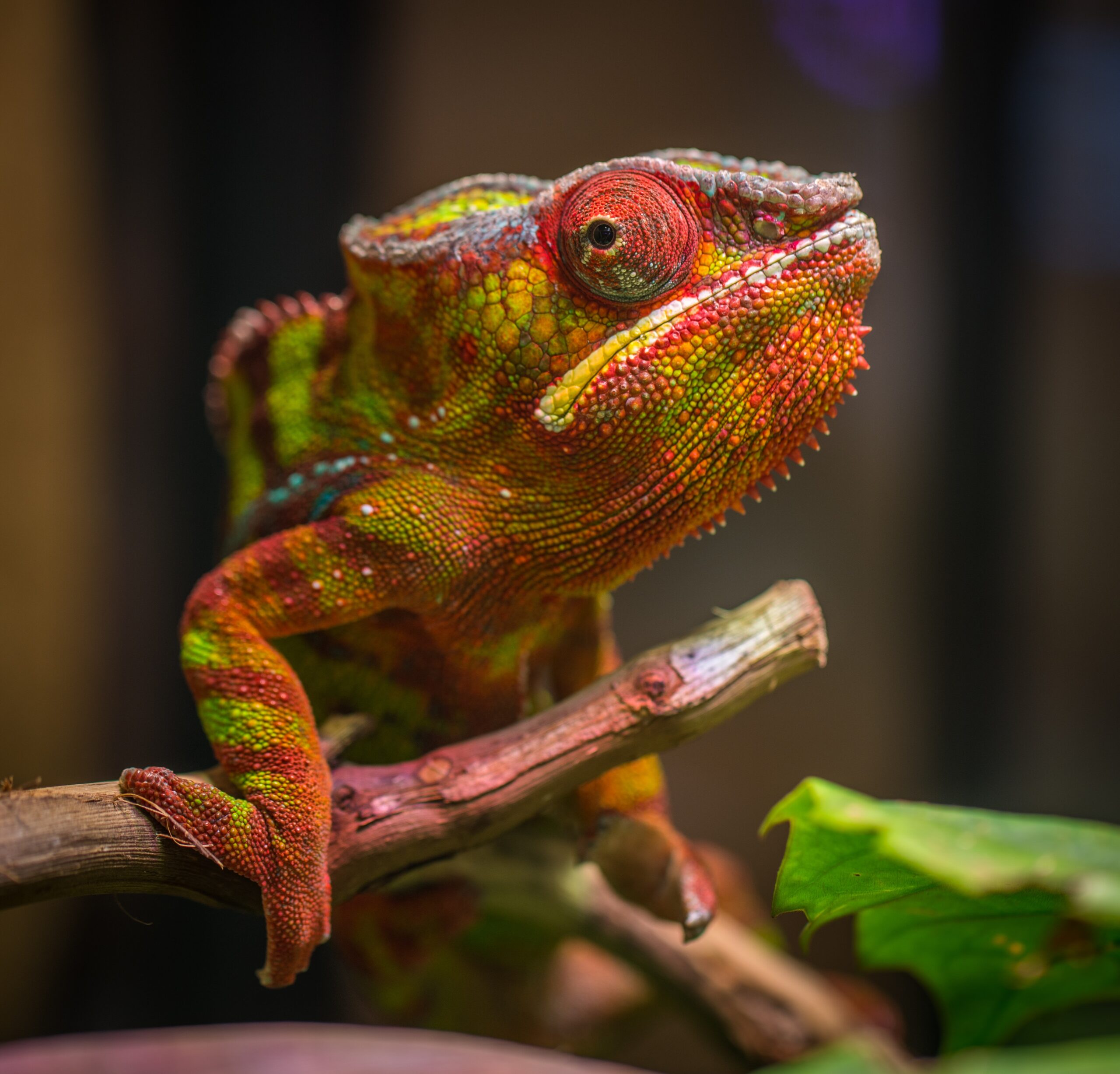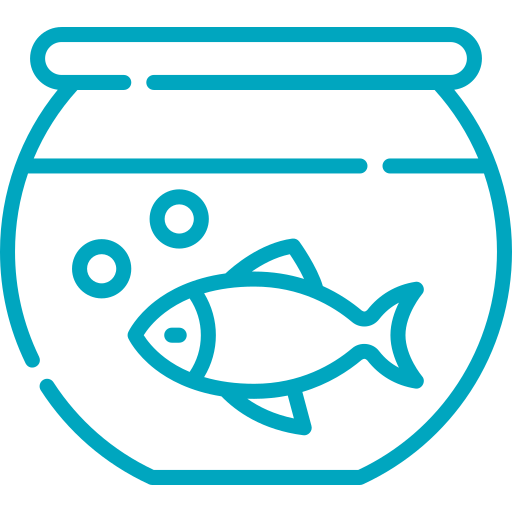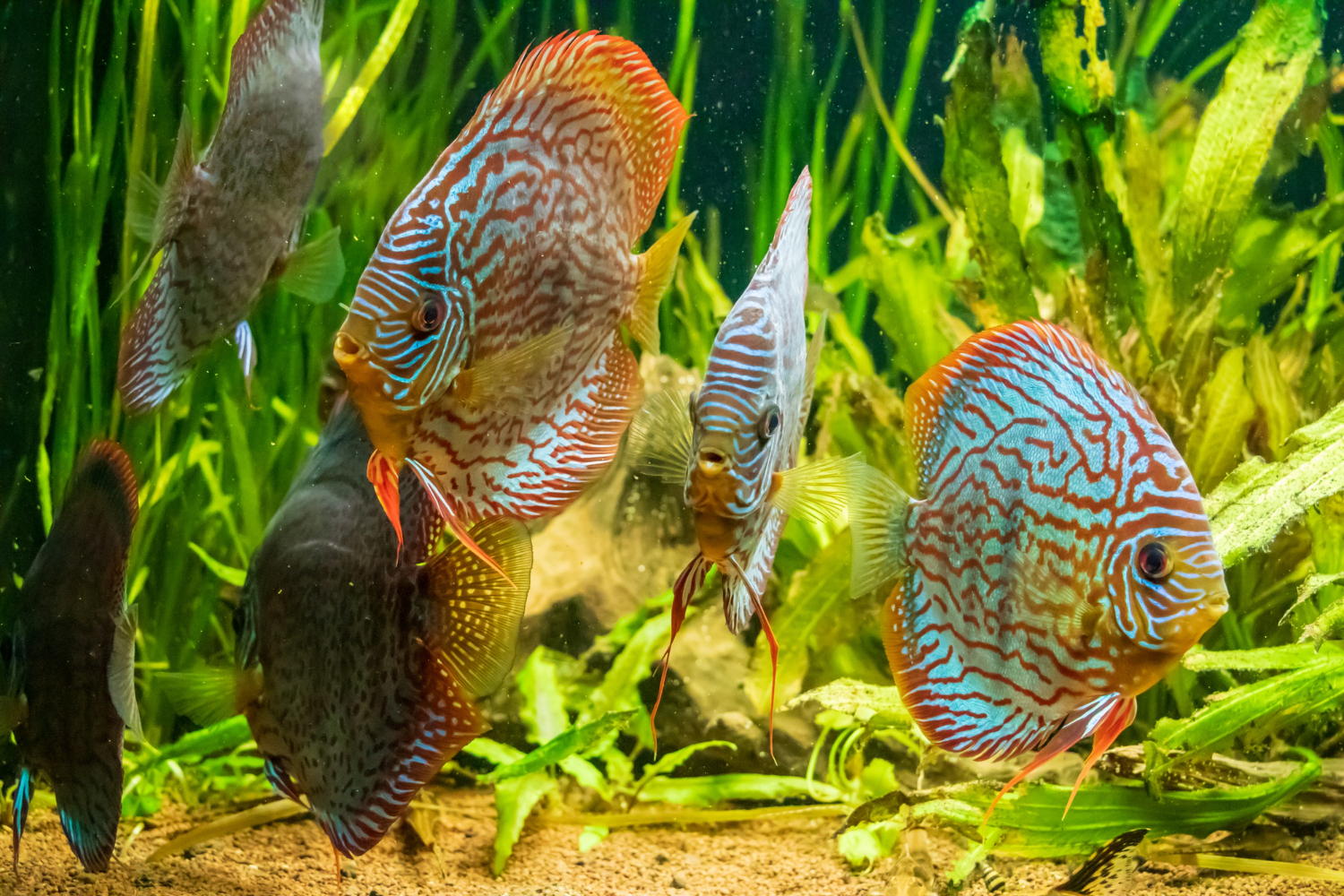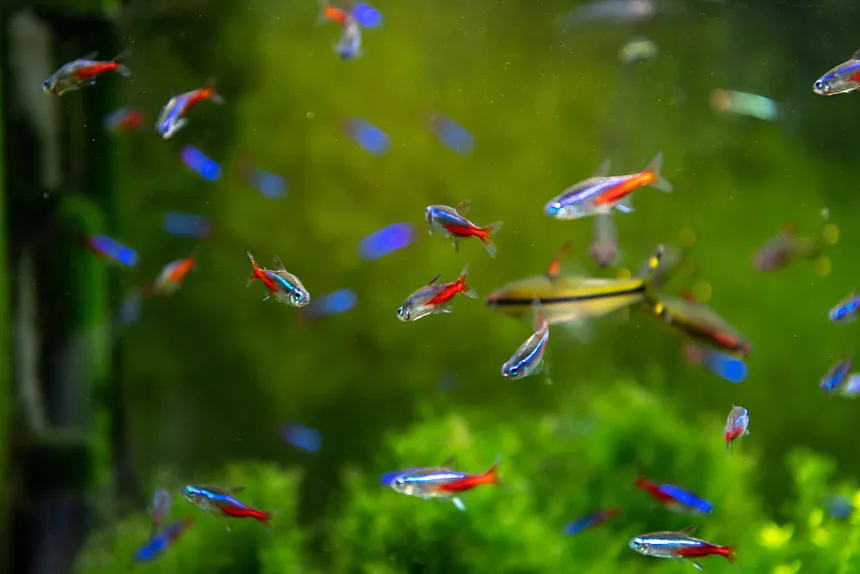
Putting Your Pond To Bed
To successfully overwinter your plants and fish your pond should be cleaned
Years ago, the Aquatic Critter opened its doors to a public that was tired of the old-fashioned way of doing things and was hungry for change.

Kingsnakes belong to the family of Lampropeltis. Depending on the type, sizes can range from sixteen inches to six feet in length with colors varying from earth tones to hi-fi reds and orange. Most important to the beginner, Kingsnakes, with the exception of a few (i.e., Gray Band and Arizona Mountain Kings) will tolerate a fair amount of handling and still continue to feed, unlike other types of snakes (i.e., Baby Corn Snakes, Ball Pythons, etc.). The Aquatic Critter’s reptile department has several different types of Kingsnakes with prices below $100. A couple of examples include the Mexican Black and the Black and White California Kingsnakes.



Click the icon below and slither, hop or crawl into our latest arrivals in the reptile room.

We suggest that you run the tank for at least one week with water, filter, and water conditioner. After one week, you can put in some hardy fish (i.e., Tetras, Platys, Mollies, Barbs, Danios) to cycle the aquarium.
The number of fish you put into your aquarium varies depending on the fish you have. The general rule of thumb in freshwater is that you can have one inch of fish per gallon. This certainly depends on the size of the fish as you would not want a 10 inch fish in a 10 gallon aquarium.
With saltwater, the general rule of thumb is that you can have one inch of fish per five gallons.

To successfully overwinter your plants and fish your pond should be cleaned


Algae. No other single word makes pondkeepers cringe the way it does.
(615)-832-4541
CBeggin@aquaticcritter.com
5009 Nolensville Pk Nashville TN 37211